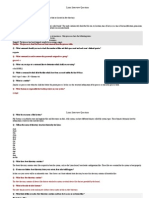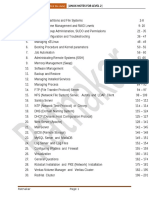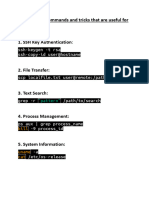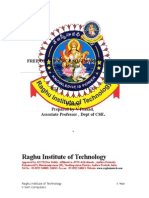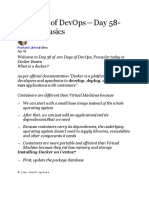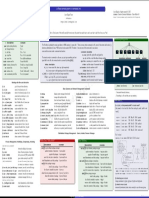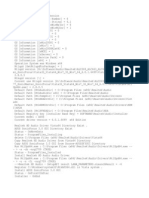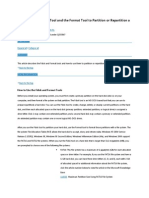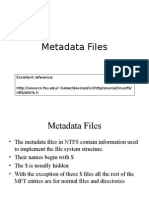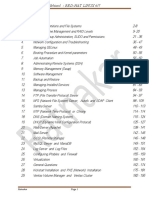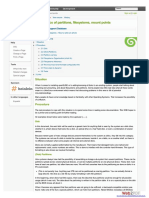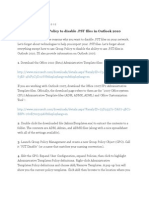100% found this document useful (1 vote)
4K views13 pagesLinux Interview Questions
The document is a comprehensive list of Linux interview questions and answers, covering various topics such as filesystem basics, file permissions, process management, networking, user management, package management, system monitoring, and advanced topics. Each question is paired with a concise command or explanation, making it a useful reference for individuals preparing for Linux-related interviews. It includes practical commands for tasks like creating files, managing users, and monitoring system performance.
Uploaded by
Ahmed NabyCopyright
© © All Rights Reserved
We take content rights seriously. If you suspect this is your content, claim it here.
Available Formats
Download as PDF, TXT or read online on Scribd
100% found this document useful (1 vote)
4K views13 pagesLinux Interview Questions
The document is a comprehensive list of Linux interview questions and answers, covering various topics such as filesystem basics, file permissions, process management, networking, user management, package management, system monitoring, and advanced topics. Each question is paired with a concise command or explanation, making it a useful reference for individuals preparing for Linux-related interviews. It includes practical commands for tasks like creating files, managing users, and monitoring system performance.
Uploaded by
Ahmed NabyCopyright
© © All Rights Reserved
We take content rights seriously. If you suspect this is your content, claim it here.
Available Formats
Download as PDF, TXT or read online on Scribd
/ 13








